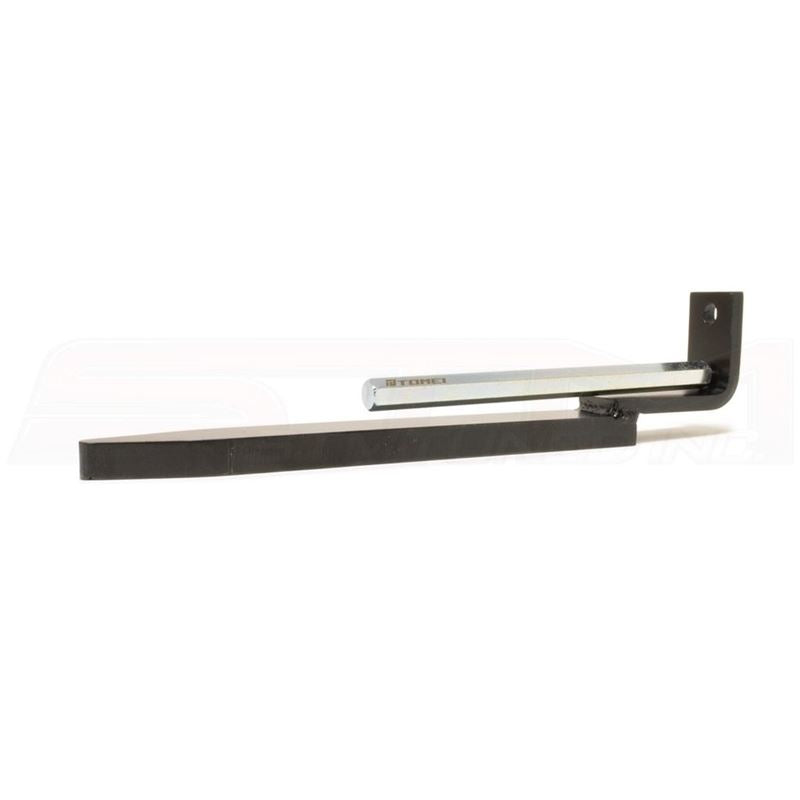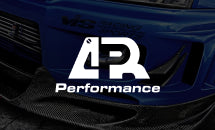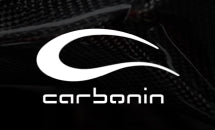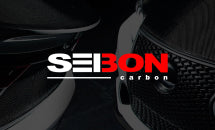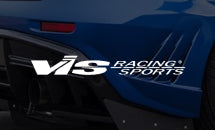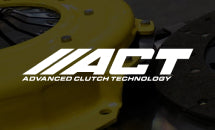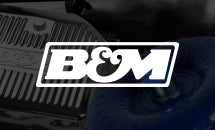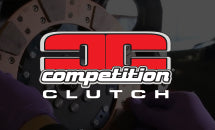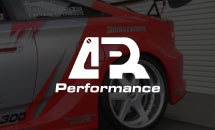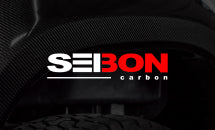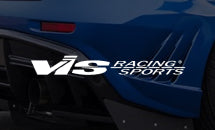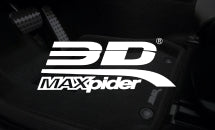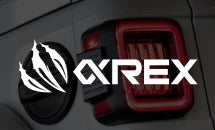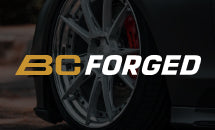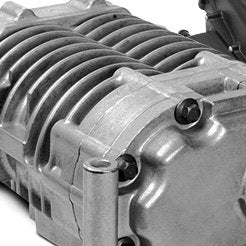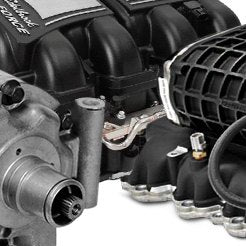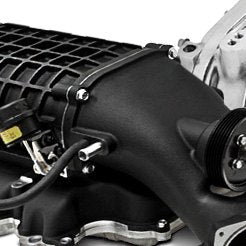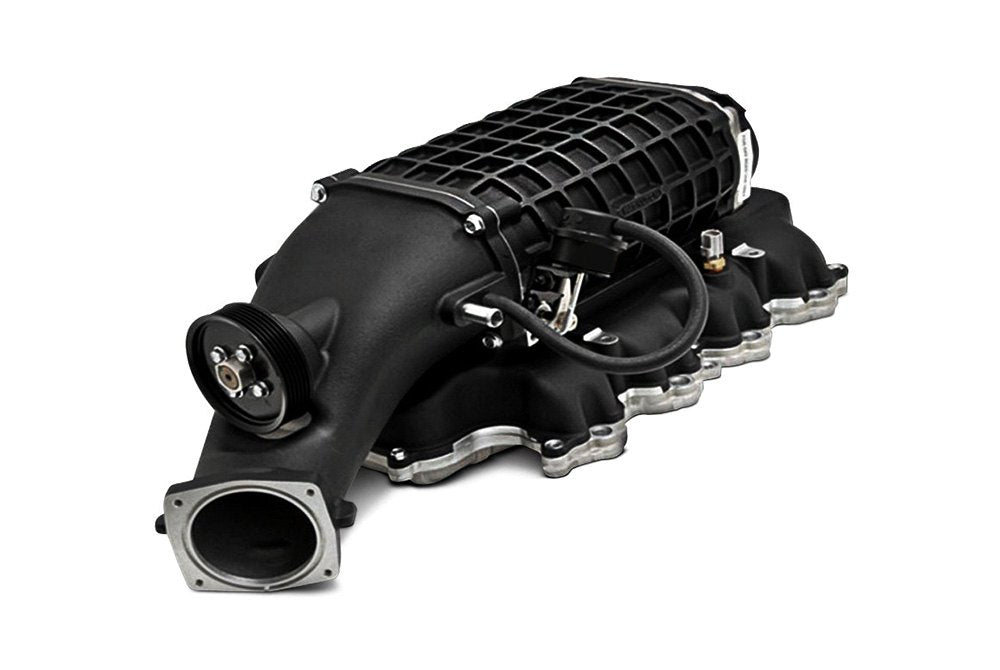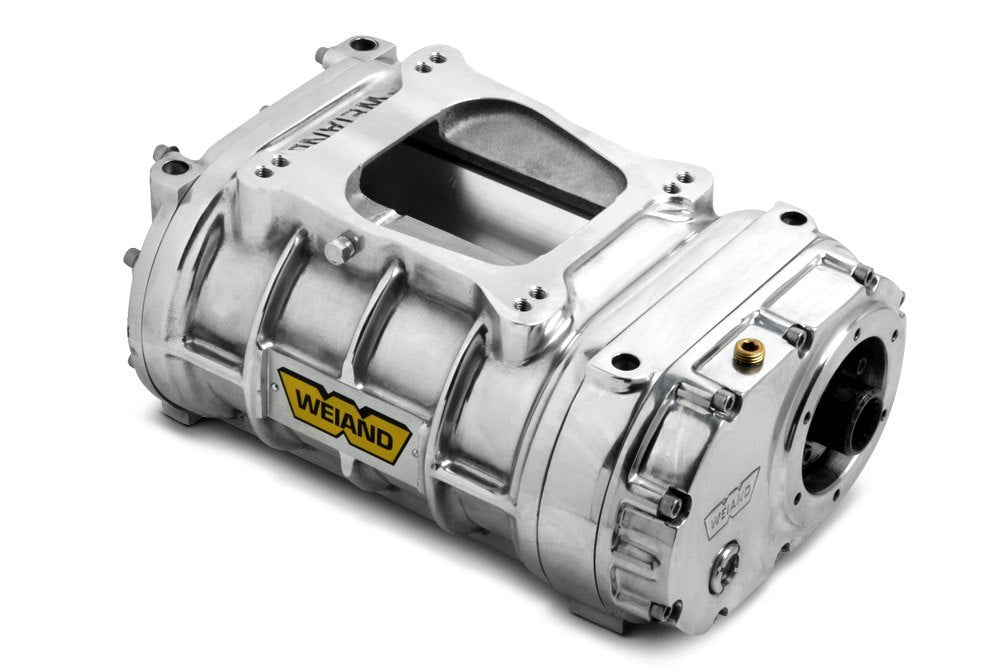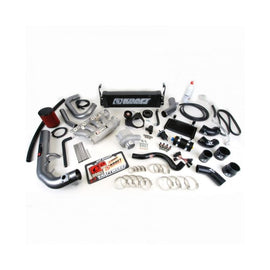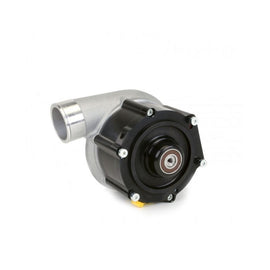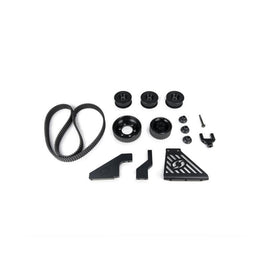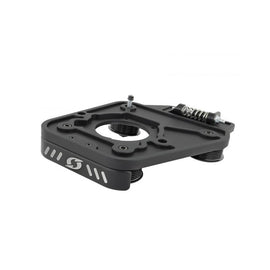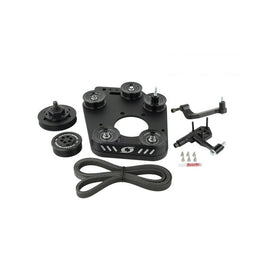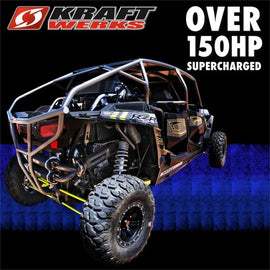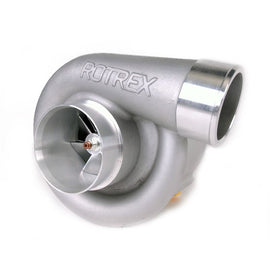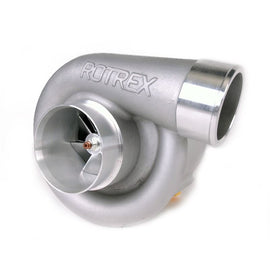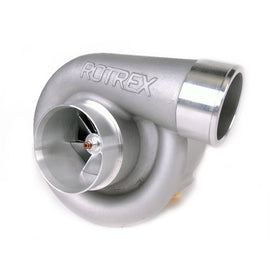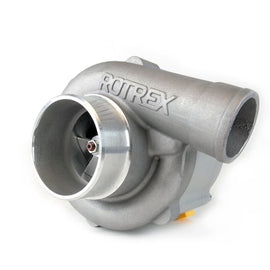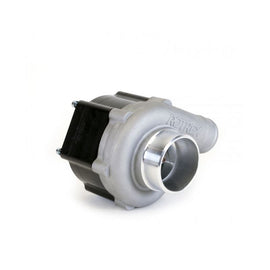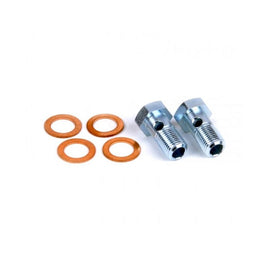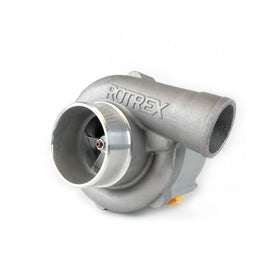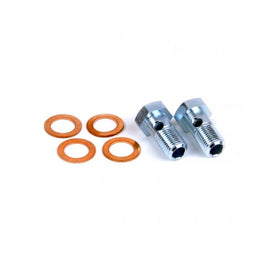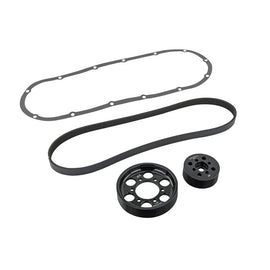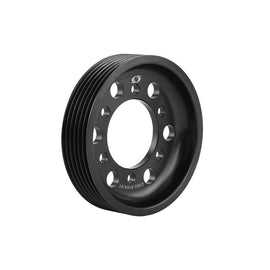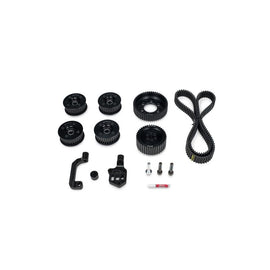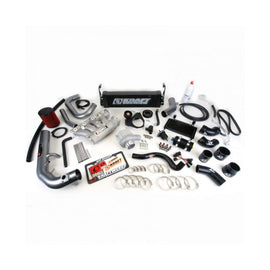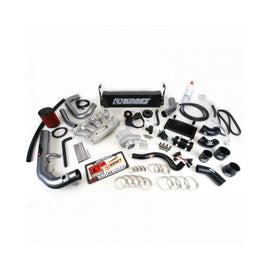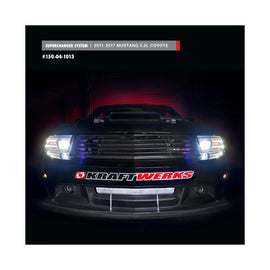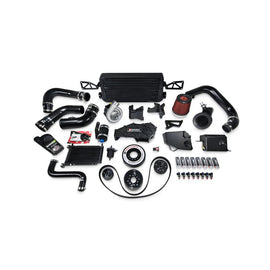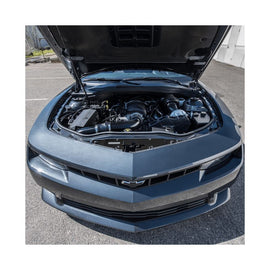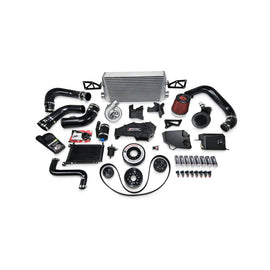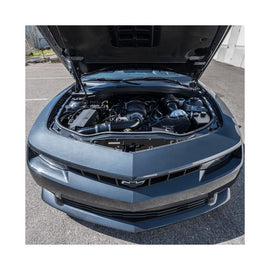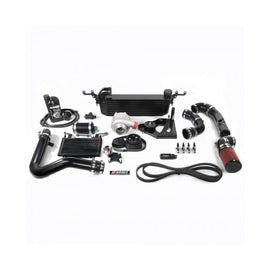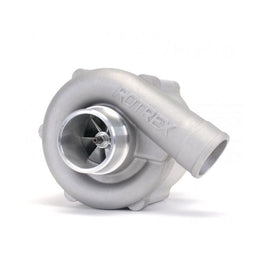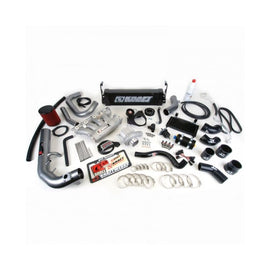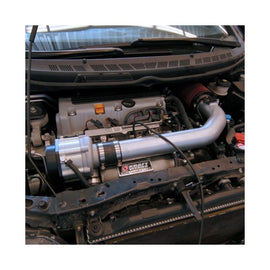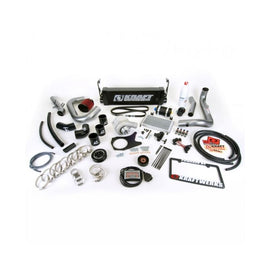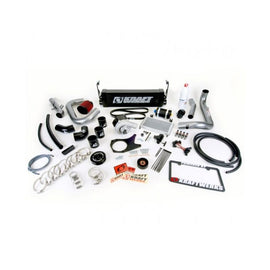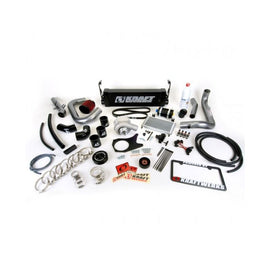
Superchargers

With the invention of an internal combustion engine, car builders, speed fanatics and race car engineers have been looking for an effective way to make it more powerful without building a bigger engine. Boosting the efficiency of the same size naturally aspirated engine is just the thing for those who don't want to add excessive weight as well as pay extra cost. It can be achieved by means of forced air induction, which helps improve overall combustion process efficiency. More oxygen is mechanically pushed into the engine's cylinder to unlock hidden power and performance within the hood. This when a supercharger will be good for you. In the most basic definition, supercharging is the process of air compression. A supercharger compresses air above atmospheric pressure and pushes it into your engine's combustion chamber so that an increased amount of fuel can be added and burned, thus more power is generated.
A supercharger enables a bigger mass of air to go into the cylinder, allowing for more gas, giving your vehicle's inner heart an oxygen-enriched air-fuel mixture for more complete combustion. This will give you a massive increase in HP, higher torque, and overall better fuel efficiency. The same thing can be achieved by adding a turbo to your vehicle, which is a short of "turbo-supercharger." Superchargers and turbos just use different sources of energy. Unlike a turbo drawing power from exhaust gases created by combustion, a supercharger is mechanically driven directly by your vehicle's engine using an accessory belt-, gear-, shaft- or chain-drive that is connected to the engine's crankshaft through a pulley, To pressurize air, a supercharger needs to rotate at high speed than the engine itself. Superchargers are able to spin at up to 65,000 rpm. With a supercharger spinning at 50,000 rpm, you can achieve a boost of six to nine psi.
There are positive displacement superchargers such as roots and screw blowers and dynamic compressors such as centrifugal superchargers. The centrifugal type is a very popular selection for its small and compact size and efficiency. Looking like a turbo, it mounts to the front of the motor and uses an impeller to draw air into the compressor's housing. The oldest style, roots is typically large and sits on the top of the motor. A roots blower forces air into the intake manifold through meshing lobes. Similar to roots blowers, the twin-screw type uses a pair of screw-type rotor meshing lobes similar to worm gears that push air in. Any of supercharger types will work well for a performance upgrade. They all deliver a boost but provide significantly different efficiency. Superchargers come in a variety of sizes to meet your engine's requirements.
 BUY NOW, PAY LATER. Starting at 0% APR
BUY NOW, PAY LATER. Starting at 0% APR 

